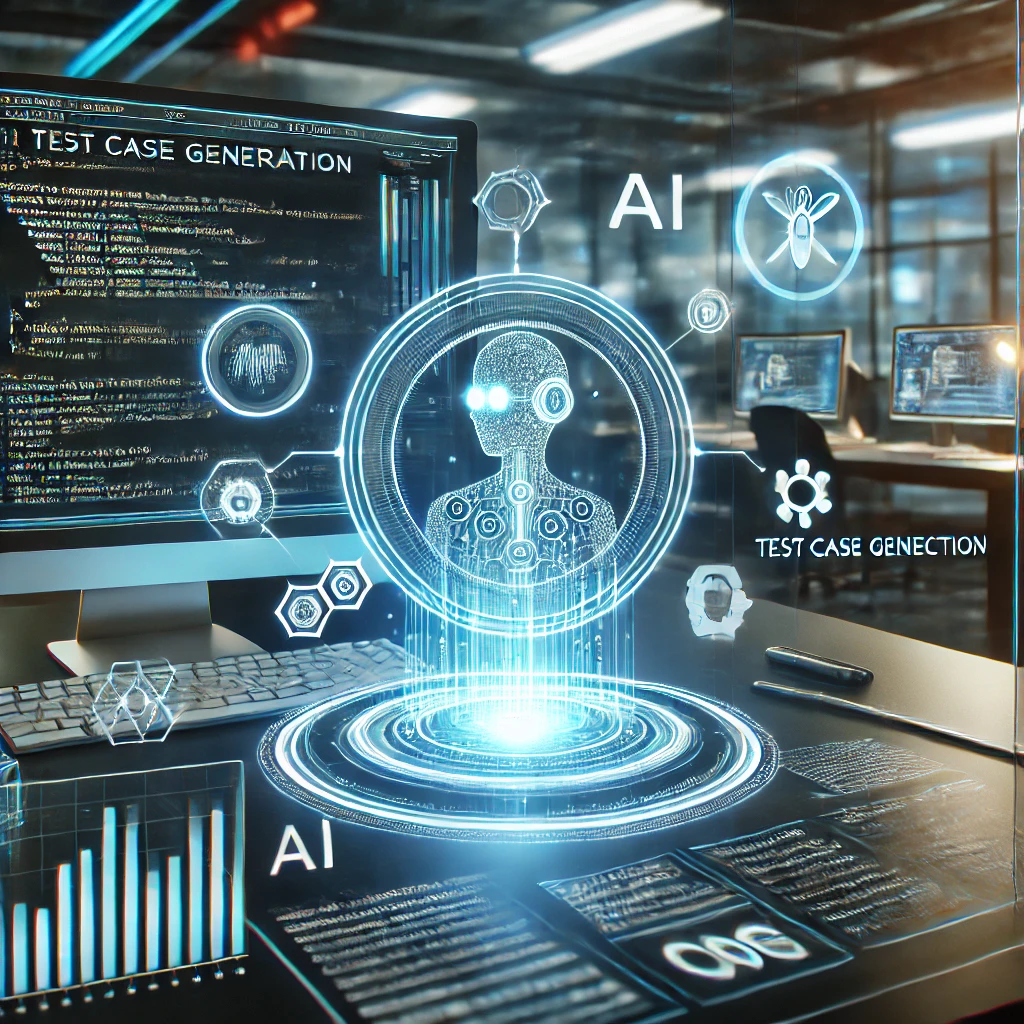These days, almost every conversation I have naturally leads to the topic of generative AI (GenAI). Professionals in both business and technology are eager to discover how they can tap into this revolutionary advance in AI to drive growth and innovation.
In this post, I’ll offer an overview of how AI is increasingly used in testing—especially in areas like test generation and maintenance—before exploring the many ways GenAI is reshaping the software testing space.
AI Explained: A Journey Into Its Potential and Purpose
The Growing GenAI Software Testing Market
The software testing landscape is undergoing rapid change, partly fueled by the widespread adoption of “shift-left” testing. This approach integrates testing tools earlier in the development life cycle so that potential issues can be identified and addressed sooner. At the same time, rising regulatory requirements are pushing companies to pay close attention to security testing and compliance.
In response to these challenges, many test automation platforms are harnessing AI for tasks such as automated test creation, anomaly detection, and self-healing test scripts. While vendor choices will vary, some common selection criteria remain top of mind: integration with existing CI/CD pipelines, powerful analytics, scalability, affordability, ease of use, and compatibility with other tools in a broader testing ecosystem.
How GenAI Impacts Software Testing
One of GenAI’s most impressive capabilities is the automatic generation of test cases. These could be unit tests, integration tests, or even end-to-end scenarios. If done well, this can dramatically reduce manual effort and free teams to focus on more complex strategic work.
But GenAI isn’t just good at churning out test scripts. When bugs emerge, it can sift through crash logs, user feedback, and error messages to pinpoint likely causes. In many cases, it can even suggest fixes or workarounds based on similar issues it has “seen” in its training data.
Closing the Gap Between Business and Tech Teams
A common hurdle I’ve observed throughout my career is the mismatch that sometimes occurs between business requirements and technology implementations. Business stakeholders outline a challenge, the technology team interprets it, but by the time a solution is delivered, it might not align with the original expectations.
GenAI helps bridge this gap by converting natural language requirements into test scenarios. Essentially, it takes what the business needs, translates that into a clear set of test cases, and provides a checkpoint to ensure everyone is aligned before development begins. This alignment step can save significant time and prevent misunderstandings that lead to costly rework later.
Intelligent Test Prioritization and Continuous Improvement
Another powerful advantage GenAI brings is its capacity to handle large datasets at scale. By analyzing historical test results and recent code changes, AI can prioritize which test cases should be run first or which ones demand more frequent execution. This targeted approach makes more efficient use of testing resources and delivers faster feedback loops.
Furthermore, GenAI systems are designed to learn iteratively. With every test run and every piece of user feedback, they can refine their testing strategies and become more adept at catching defects early—ultimately improving quality over time.
Building Trust in GenAI
Despite these impressive capabilities, there are still ethical and reliability considerations to address. AI-generated test suites must be rigorous, reliable, and explainable, ensuring that critical test scenarios don’t slip through the cracks. As with any AI application, transparency around how models reach their conclusions is key to building trust.
Looking Ahead: Evolving Roles and Cost-Benefit Analysis
One of the most common questions that arises is whether GenAI will put software testers out of work. In practice, what we’re likely to see is a shift in the nature of these roles. Testers could spend more time on tasks like crafting testing strategies, overseeing AI-driven processes, and designing intricate edge-case scenarios that automated systems might overlook. As the saying goes, “AI won’t replace your job, but professionals who use AI effectively will.”
On the financial front, while GenAI can reduce certain testing costs through automation, it brings its own expenses in the form of AI tools, infrastructure, and specialized talent. Organizations must weigh these trade-offs carefully to maximize the return on their AI investments.
By harnessing GenAI’s potential, the software testing industry is poised for significant transformation. As the technology matures, we’ll continue to see faster, more thorough, and increasingly adaptive testing processes—ultimately strengthening the quality and reliability of software products across the board. For businesses and tech teams alike, staying informed about these developments will be critical in shaping the future of testing and ensuring a competitive edge in the market.



